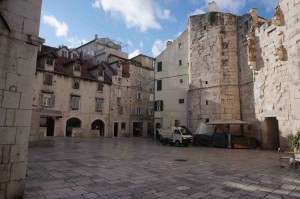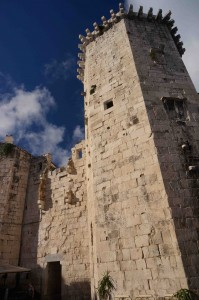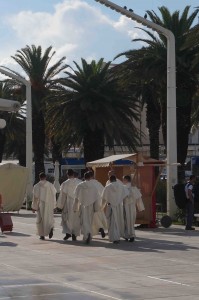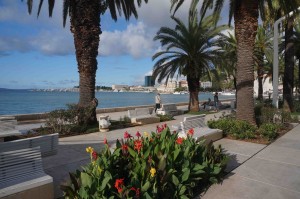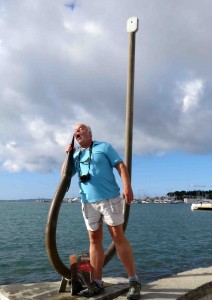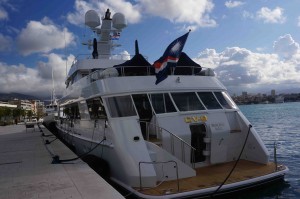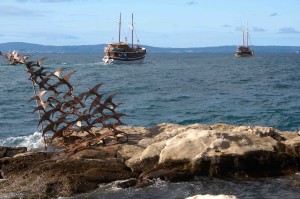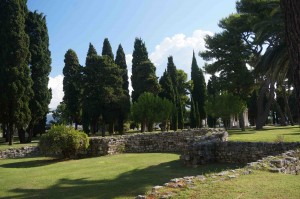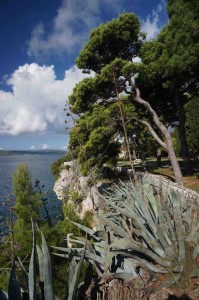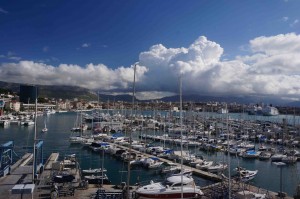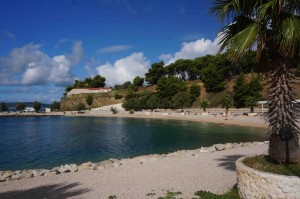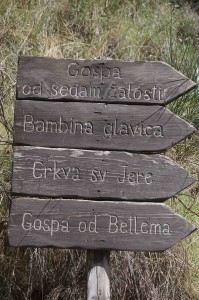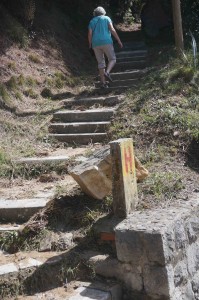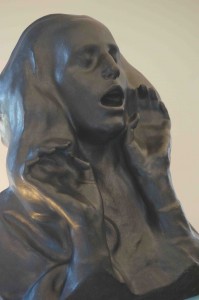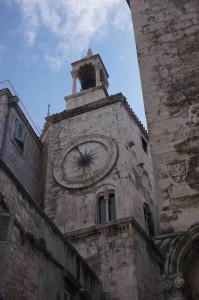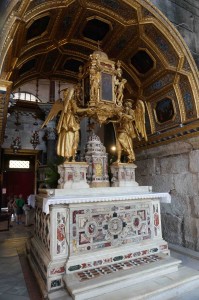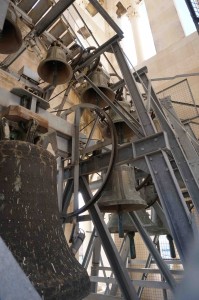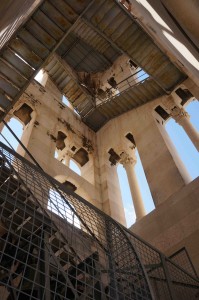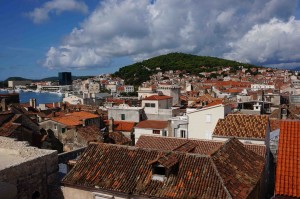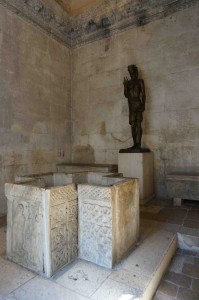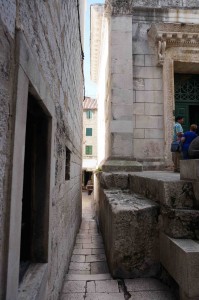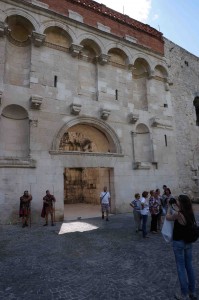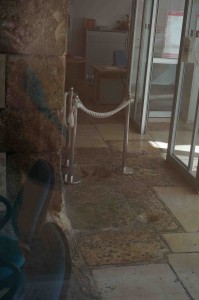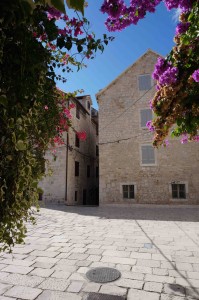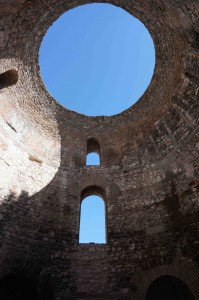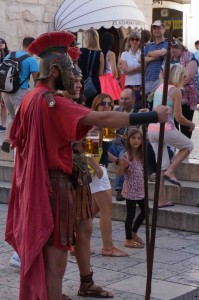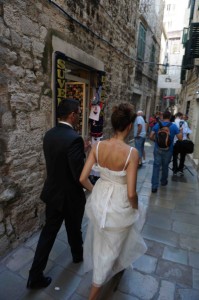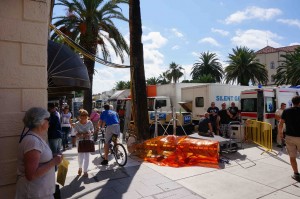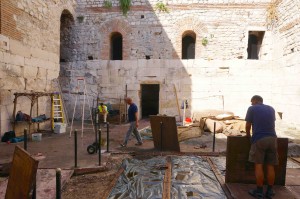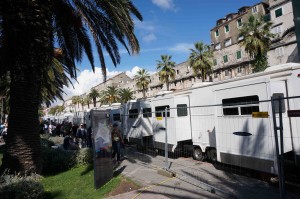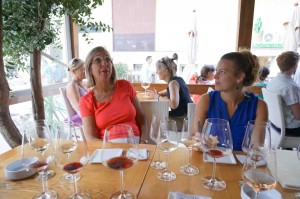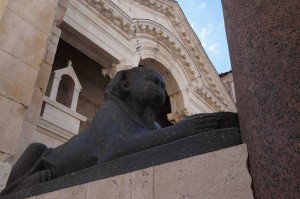Ah, it’s good to be back in Croatia – beautiful surroundings, friendly and resilient people, amazing history, and great food! On this trip we are spending a few days in Split, and then taking a gulet ( a 2-masted sailing vessel, originally from Turkey, but now broadly in use around the Eastern Mediterranean) sail down for a week down to Dubrovnik, and then a short stay there until we fly to Turkey.
We are excited about being in Split. It has a very rich history and some amazing architecture all the way back from Roman times. But, as with the rest of Croatia, it has some recent history as part of the Homeland War back in 1991, after Croatia had seceded and declared independence. Split was shelled by the Serb-controlled, Yugoslav People’s Army but the locals from Split and the nearby islands drove their naval forces out. Obviously, this is a point of pride with the locals.
The other significant bragging rights have to do with their contribution to the Croatian Olympic team, which only came together in 1992. That year, the Croatian basketball team reached the finals against the US “Dream Team” (you remember, Jordan, Johnson, Bird, etc.) and won Silver. Many of the members of that team (Petrovic, Kukoc, Rada, Tabak) came from Split and they went on to have very successful NBA careers. Many of the Croatian medal winning handball and water polo teams come from here too!
One other major point of pride from the area has to do with Zinfandel – it originated from this region. Yes, yes, I know, Italy claims it, South Africa claims it, but after some DNA profiling, it turns out that the Zinfandel we enjoy from California and the Primitivo we enjoy from Italy all come the grape known as Crljenak Kastelanski here. And, we can attest, they are yummy here – less full than the CA Zins, but with a lot of spice. The local story is that “local boy made good” Mike Grgich (yes, the Grgich of Grgich Hills Winery) made the grape famous in CA, but it appears that it has been around at least as far back as the Gold Rush.
As I noted, the history of Split is long and storied. It probably started as a Greek colony in the 4th century BC, but it is better know for its Roman period when it was capital of Dalmatia. Probably the most prominent landmark is the Palace of the Emperor Diocletian (Diocletian was a local boy who rose through the ranks of the military and was ultimately proclaimed emperor after the death of Emperor Carus and his some during a Persian Campaign). The town is built around the Palace and the architecture is stunning and things like the aqueduct are still in use. Through rest of its history, it was Byzantine, Venetian (a notable holdout from the Ottoman Empire), Hungarian, Napoleonic, French, Austrian, Italian, German, Yugoslavian, and finally independent. Whew!
Okay, now some random thoughts about walking around Split. It is amazingly well preserved – especially given the number of times it has been sacked. If you start from the period of Diocletian, the castle walls and the cathedral of St. Dominius (technically the oldest cathedral in Europe, although it started as Diocletian’s mausoleum), are really pretty pristine. As a Roman Emperor, Diocletian was seen as a pretty good guy, except he had a nasty habit of persecuting Christians (lots of them!) by beheading. Needless to say, after he died, the Christians destroyed his tomb, tore down a lot of his structures, and then used to stone to build what would ultimately become the medieval version of the walled city (many more buildings, much narrower streets, etc.). This went on all the way into the early 20th century where you still see some signs of Austro-Hungarian architecture. Fortunately, as a UNESCO World Heritage site, Split will be preserved as is. We also ended up walking for around 7 miles along the coastline, taking in the marinas and rocky beaches, while trying to reach the top of Marjan Park (a beautiful wooded park and the highest point in the area). After a couple of strategic wrong turns, we gave up and went to a couple of museums with the works of Ivan Meštrović, a Croatian sculptor, who also has works in the US.
I should note that while we were in Split, they were filming some scenes for The Game of Thrones in the basement of the Diocletian Castle. While we couldn’t get to where the actual filming was taking place, we did see some of the areas where they were tearing down sets and saw a lot of the props, etc. Outside, all the film trucks, etc. took up an entire city block. I was going to offer to be a stand-in for Peter Dinklage, but thought better of it…
In preparation for our boat trip, we did some obligatory wine tasting and then went in search of a wine shop that we had been told about. After walking forever, we gave up and returned empty-handed. Luckily, our resourceful wives had gone out and bought some wine and whiskey! Off to sea with us!
